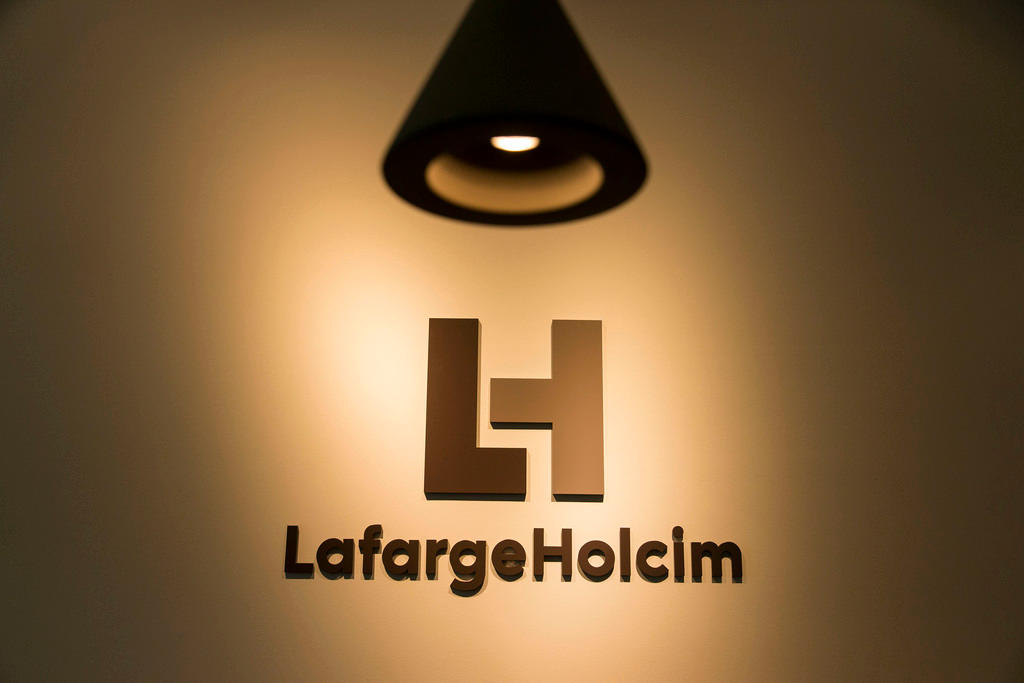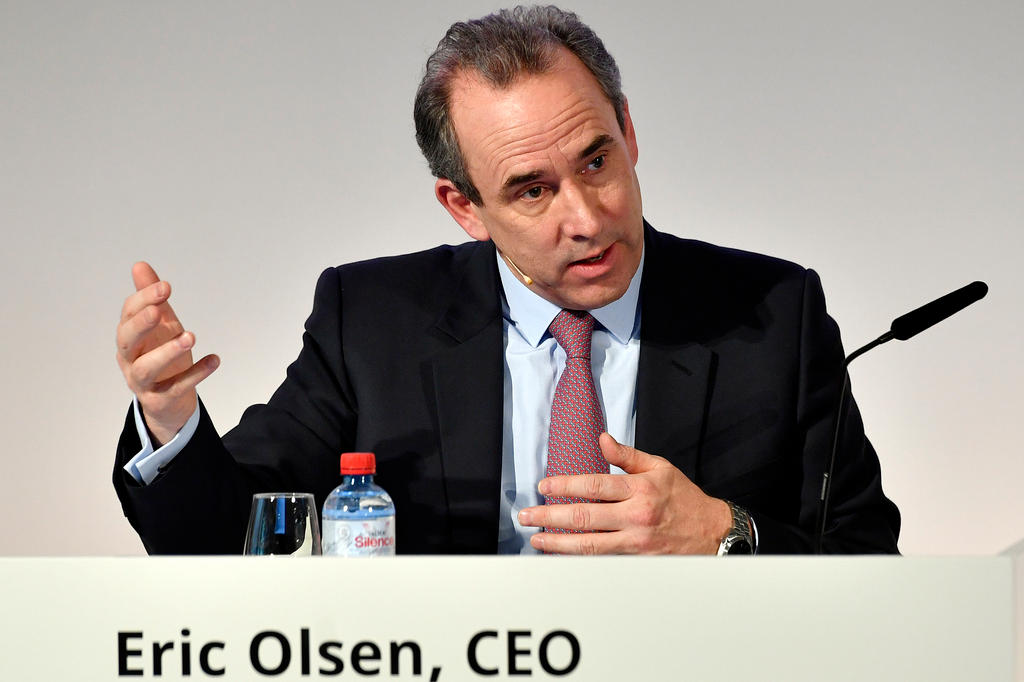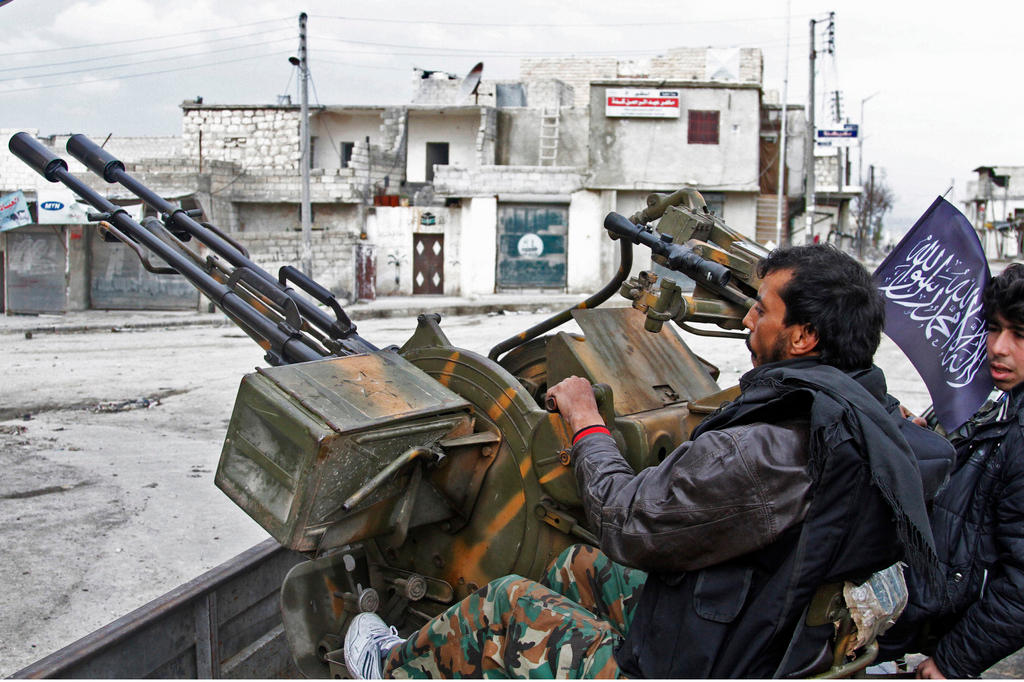Lafarge chief’s departure leaves vacuum at top

A decade ago, Eric Olsen, a Lafarge veteran then responsible for human resources, led the integration into the French construction group of Orascom, an Egyptian cement company with operations across the Middle East, including in Syria.
On Monday, Olsen paid the price for Lafarge’s subsequent decision to keep its Syrian cement plan operating as the country descended into chaos and civil war.
His resignation with effect from July as chief executive of LafargeHolcim – a post he assumed after Lafarge’s merger with Switzerland’s Holcim in 2015 – was the culmination of a growing controversy over dealings via intermediaries with armed groups and the safety of local staff. Human rights organisations have accused Lafarge of financing terrorism through certain transactions in Syria.

More
Financial Times
External linkOlsen said he hoped his decision would help in “bringing back serenity” to the company. Lafarge has announced steps to tighten controls to prevent a repeat of the “unacceptable” measures and “significant errors of judgment” in Syria.
But the group still faces possible legal action in France and Olsen’s departure has left unanswered questions about how much top managers, including him, knew about what happened in Syria, which included staff being taken hostage.
His decision to quit has also left a leadership vacuum as the merged group pushes ahead with integration in the face of weak global markets (see sidebar).
Lafarge spent three years and $680m building the Jalabiya plant in Syria, which began production in 2010. After protests against President Bashar al-Assad escalated into civil war in 2012, expatriate employees were evacuated and the plant was managed remotely from Cairo.
The situation deteriorated quickly. “Very simply, chaos reigned,” reported a brief, six-page summary released on Monday by LafargeHolcim of an extensive internal – unpublished – report prepared with law firms Baker McKenzie in Washington and Darrois Villey in Paris.
Mar 2015: Lafarge and Holcim agree to merge
Apr 2015: Olsen named group’s chief executive
Feb 2016: LafargeHolcim chairman Reitzle departs
Apr 2016: LafargeHolcim plans more disposals as sales fall
Mar 2017: Group admits to ‘unacceptable’ activity in Syria
Apr 2017: Olsen steps down
In the know
That summary confirmed the Syrian subsidiary had made unspecified payments to intermediaries to avoid disruption by local armed groups that “periodically interfered with employee transportation to and from the plant, restricted access to necessary supplies, and harassed customers”.
Those responsible for the Syrian operations, the summary noted, “appear to have acted in a manner they thought was in the best interests of the company and its employees . . . However, the combination of the war zone chaos and the ‘can do’ approach to maintain operations in these circumstances may have caused those involved to seriously misjudge the situation and to neglect to focus sufficiently on the legal and reputational implications of their conduct.”
By early 2013, “terrorist groups designated by the US and EU” had expanded into the area, although the company did not specify whether any payments ultimately ended up with military group Islamic State.
Nor does the summary mention, possibly because of pending legal actions, the hostage threats faced by staff. Jacob Waerness, risk manager at Lafarge cement in Syria until October 2013, told the Financial Times last month that Lafarge paid €220,000 (CHF238,361) to so-called Free Syrian Army groups for the release of nine staff who were kidnapped in 2012.
Not mentioned in the summary, either, was the role played by Firas Tlass, a local business tycoon who worked on behalf of Lafarge and helped arrange deals with a constantly shifting constellation of militant groups.
Crucially, however, the investigation summary said local managers had kept the Lafarge parent company “well-informed of developments and security related concerns”.
LafargeHolcim added that “selected members of group management were aware of circumstances indicating that violations of Lafarge’s established standards of business conduct had taken place”.
LafargeHolcim refused to say who those “selected members” of group management were. But it excluded from blame Olsen, a US and French citizen, who was executive vice-president for organisation and human resources at Lafarge until 2012 and was later vice-president for operations.
Olsen “was not responsible for, nor thought to be aware of, any wrongdoings that have been identified as part of its review,” the company said.
Instead, Olsen said his resignation would be a step towards “addressing strong tensions” that had arisen over the Syrian case. LafargeHolcim has faced unwelcome attention in particular in France, including during the country’s presidential election.
Olsen may also likely have come under pressure from the group’s main shareholders, Thomas Schmidheiny, of Holcim’s founding family, Groupe Bruxelles Lambert, and Nassef Sawiris, an Egyptian businessman.
Those big shareholders appear to have held considerable sway in the past: last year’s decision by Wolfgang Reitzle to step down as LafargeHolcim’s chairman, was partly the result of his frustration over big shareholders superseding his authority, according to one person close to the board.
Continuing fallout
Until a replacement for Olsen is appointed, the chief executive post will be filled by Reitzle’s successor as chairman – Beat Hess, a veteran Swiss lawyer who was at Royal Dutch Shell from 2004 when the Anglo-Dutch oil group was embroiled in a costly scandal over the overstatement of oil and gas reserves.
LafargeHolcim said it would consider internal as well as external candidates as its next chief executive.
Despite his experience of corporate crises, Hess’s job will not be easy. As well as the damage to LafargeHolcim’s reputation, Paris prosecutors have opened a preliminary inquiry into alleged dealings between Lafarge and sanctioned groups in Syria.
In addition, human rights groups in France have filed a lawsuit and have alleged that the company had “business relations” with militant group Islamic State. “It is very important that LafargeHolcim is taken before a judge and sanctioned so that victims can get remediation, according to the law,” said Marie-Laure Guislain, head of litigation at the Sherpa organisation, which filed the French lawsuit and supports victims of “economic crimes”.
LafargeHolcim has, meanwhile, announced remedial measures to boost risk assessment and systems meant to prevent breaches of export controls or sanctions. Hess said: “Events like those that occurred in Syria must never happen again at LafargeHolcim.”
Copyright The Financial Times Limited 2017

In compliance with the JTI standards
More: SWI swissinfo.ch certified by the Journalism Trust Initiative


You can find an overview of ongoing debates with our journalists here . Please join us!
If you want to start a conversation about a topic raised in this article or want to report factual errors, email us at english@swissinfo.ch.